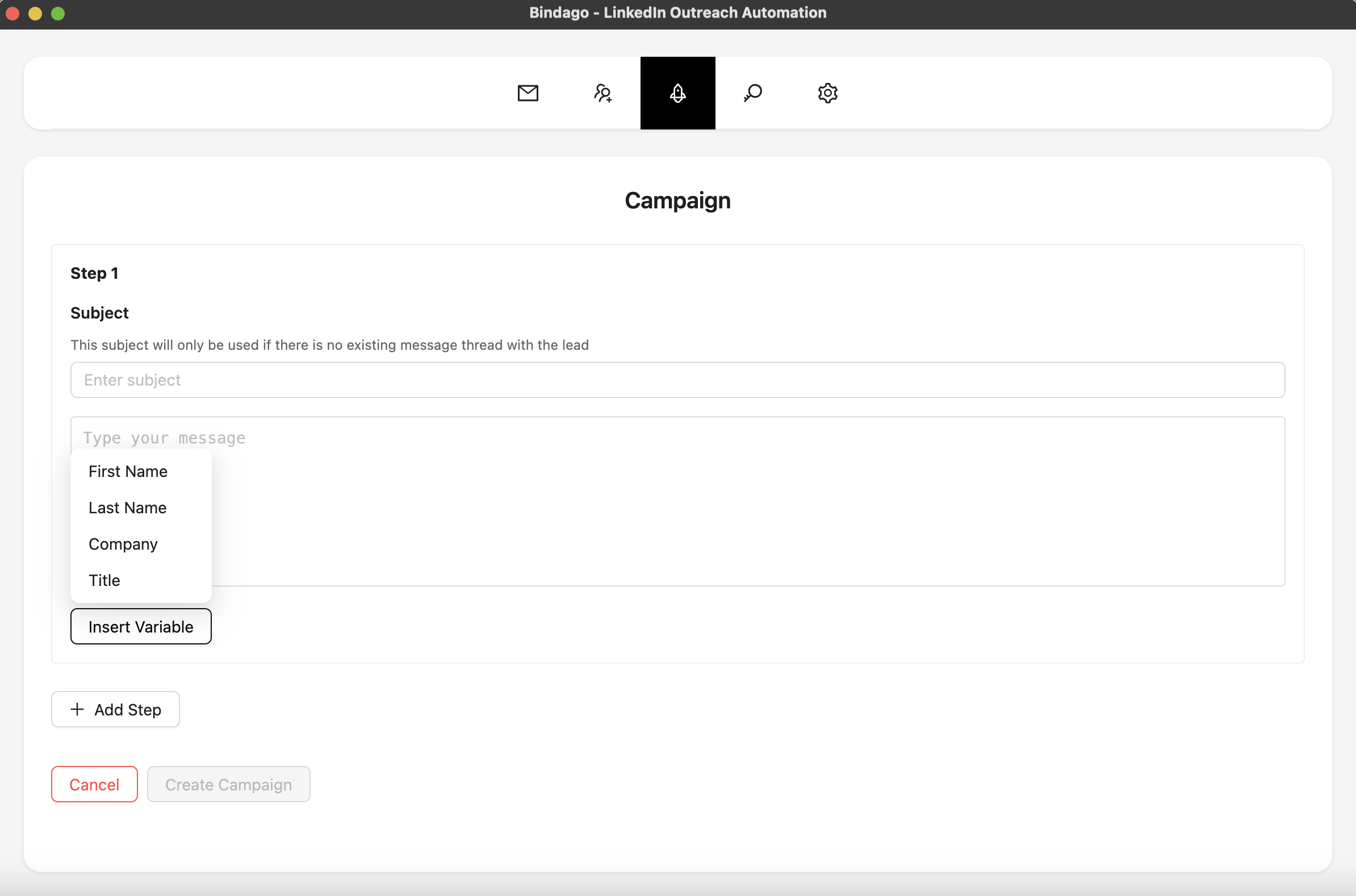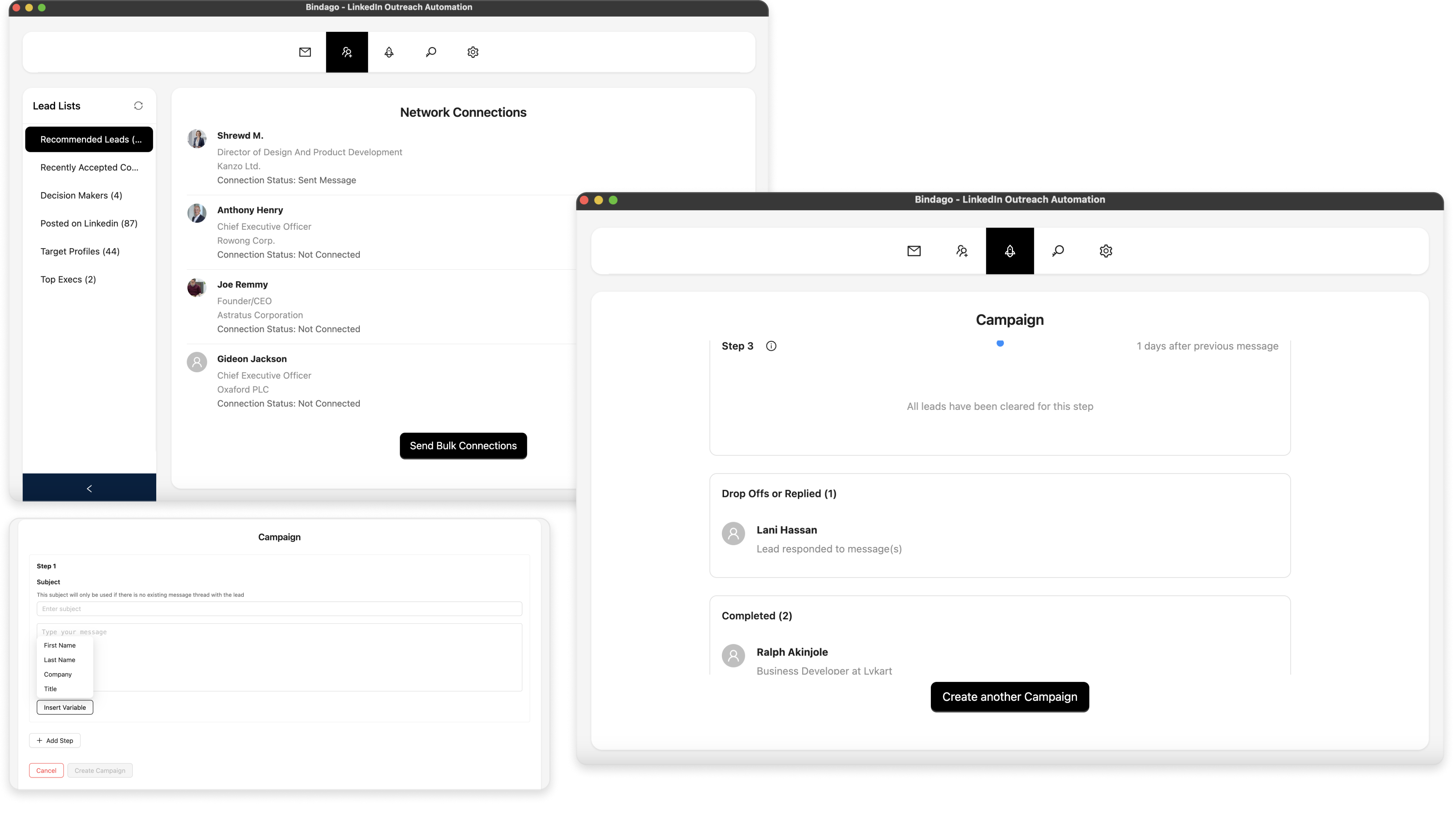How to Personalize LinkedIn Outreach That Actually Gets Replies
In the world of B2B sales and networking, LinkedIn is the undisputed king. But with so many people vying for attention, the generic, copy-pasted outreach message is dead. Prospects are tired of "I'd like to add you to my professional network" and sales pitches from strangers.
If you want to break through the noise and actually get replies, personalization is no longer optional—it's essential. This guide will walk you through actionable strategies to craft personalized LinkedIn outreach that builds genuine connections and starts meaningful conversations.
1. The Foundation: Go Beyond the Job Title
True personalization starts with good research. Before you even think about writing your message, take five minutes to understand the person you're contacting. A little effort here goes a long way.
- Analyze Their Profile: Don't just look at their job title and company. Read their "About" section, check their recent activity, and see what kind of content they post or engage with. What topics are they passionate about? What skills do they highlight?
- Look for Common Ground: Do you have mutual connections? Did you go to the same university? Are you part of the same LinkedIn Groups? These are easy and effective icebreakers.
- Check Their Company's Activity: Visit their company's LinkedIn page or website. Have they recently been in the news, launched a new product, or announced a funding round? Referencing a recent company event shows you've done your homework.
- Identify Their Pain Points: Based on their role, industry, and recent posts, what challenges are they likely facing? If they are a "VP of Sales," they are probably concerned with hitting revenue targets. If they are a "Head of HR," they might be focused on employee retention.
2. Crafting the Irresistible Connection Request
You only have 300 characters for a connection request note, so you need to make every word count. The goal is not to sell, but to give them a compelling reason to click "Accept."
The Formula: Context + Value
Your message should quickly answer two questions for the prospect:
- Why me? (The Context)
- What's in it for me? (The Value)
Here are a few examples:
Example 1: Based on a Recent Post
"Hi {{firstName}}, I really enjoyed your recent post on the challenges of remote team management. Your point about asynchronous communication was spot on. Would love to connect and follow your insights."
Example 2: Based on a Mutual Connection
"Hi {{firstName}}, I see we're both connected to Jane Doe. She and I worked together at Acme Corp. I'm also in the B2B SaaS space and would love to connect with other professionals in the industry."
Example 3: Based on Their Company's News
"Hi {{firstName}}, congrats on {{companyName}}'s recent funding round! It's exciting to see your growth. I work with fast-growing tech companies to help them scale their sales teams. Would be great to connect."
The key is to be genuine and specific. A personalized note shows respect for their time and makes you stand out from the 99% of generic requests they receive.
3. The Art of the Follow-Up: Personalized Message Sequences
Getting the connection is just the first step. The real magic happens in the follow-up. A single message can easily get lost in a busy inbox, but a thoughtful sequence of messages can build a relationship and lead to a conversation.
The "Value, Value, Ask" Framework
Don't pitch your product right away. Your first couple of messages after connecting should provide value and build rapport.
Here’s a sample sequence you can adapt:
-
Message 1 (2-3 days after connecting): The "Thank You & Give"
"Thanks for connecting, {{firstName}}! I saw on your profile that you're focused on demand generation. I recently came across this in-depth report on the latest B2B demand gen trends and thought you might find it interesting. [Link to resource]"
-
Message 2 (5-7 days later): The "Relevant Insight"
"Hi {{firstName}}, hope you're having a great week. Following up on my last message, I noticed that {{companyName}} is in the competitive e-commerce space. We recently helped a similar company increase their conversion rate by 15% with a new approach to cart abandonment. Just wanted to share as it might be relevant."
-
Message 3 (10-14 days later): The "Soft Ask"
"Hi {{firstName}}, hope the resources were helpful. Given your role as {{title}}, I imagine that scaling your outreach without losing personalization is a key priority. Would you be open to a brief 15-minute chat next week to discuss a few strategies that are working for others in your industry?"
Automating Personalization with Bindago
Manually tracking these follow-ups for hundreds of prospects is impossible. This is where a tool like Bindago becomes invaluable.
With Bindago's Campaigns feature, you can create these multi-step message sequences and automate them. You can build your personalized templates using variables like {{firstName}}, {{companyName}}, and {{title}}, and set the delays between each message. The app will automatically send the follow-ups for you, and it will even stop the sequence for a prospect as soon as they reply, allowing you to take over the conversation.

This allows you to scale your personalized outreach without losing that crucial human touch.
4. What to Avoid: The Personalization "Don'ts"
- Don't be creepy. Referencing something too personal (like a photo from their family vacation) can be off-putting. Stick to professional topics.
- Don't get the details wrong. Nothing kills credibility faster than misspelling a name or mentioning the wrong company. Double-check your variables.
- Don't make it all about you. Your outreach should focus on the prospect and their needs, not your product's features.
- Don't use fake flattery. "You have a very impressive profile" is a tired and transparent line. Be specific and genuine in your compliments.
Conclusion: Systematize Your Personalization
Personalized outreach is the most effective way to get replies on LinkedIn, but it doesn't have to consume your entire day. The key is to create a system:
- Research: Quickly find a unique, relevant detail about the prospect.
- Connect: Craft a short, personalized connection request that references your research.
- Nurture: Use a multi-step, value-driven message sequence to build a relationship.
- Automate: Use a tool like Bindago to automate the process, ensuring consistent follow-up at scale.
By combining genuine personalization with smart automation, you can turn LinkedIn from a source of frustration into your most powerful channel for generating high-quality leads and building valuable professional relationships.
Ready to send personalized outreach that actually gets replies? Download Bindago today and start your 10-day free trial.
